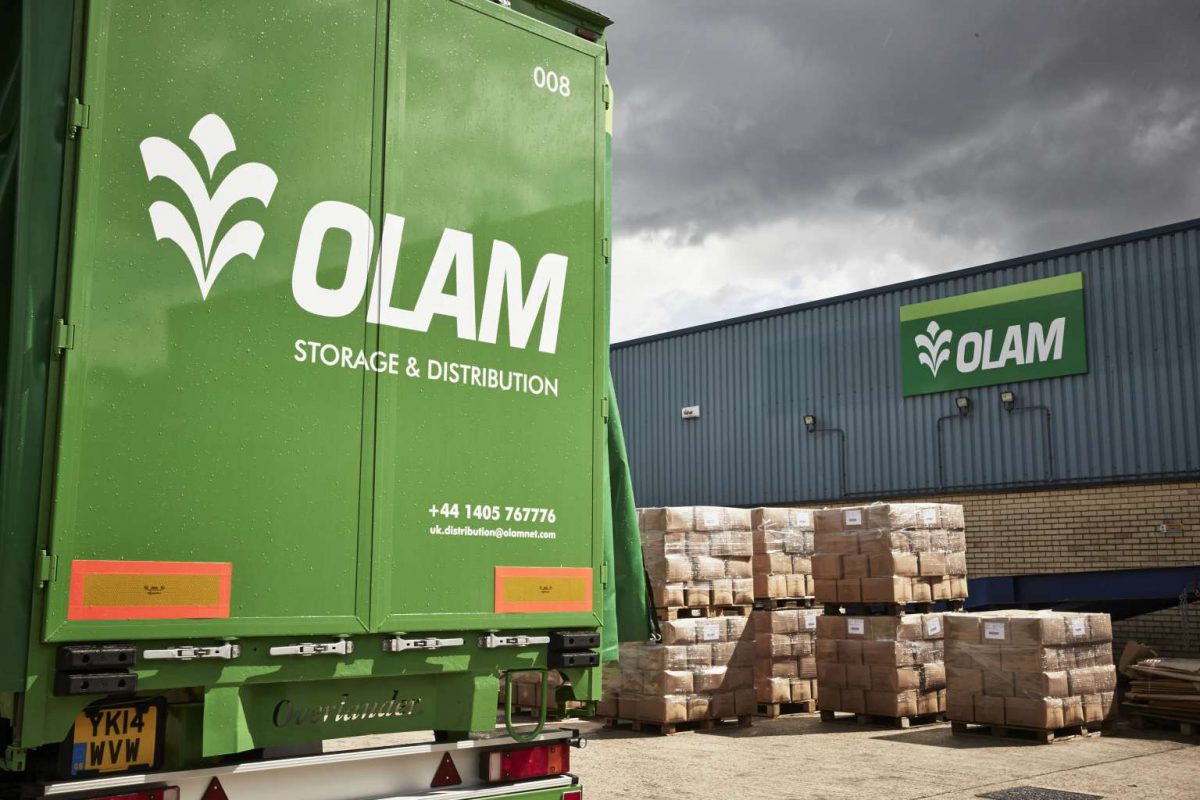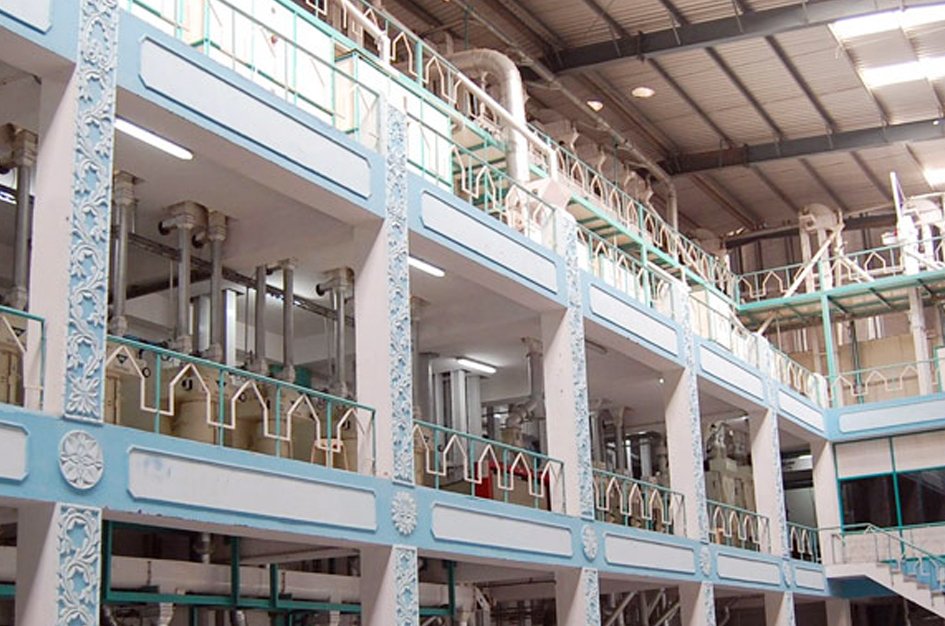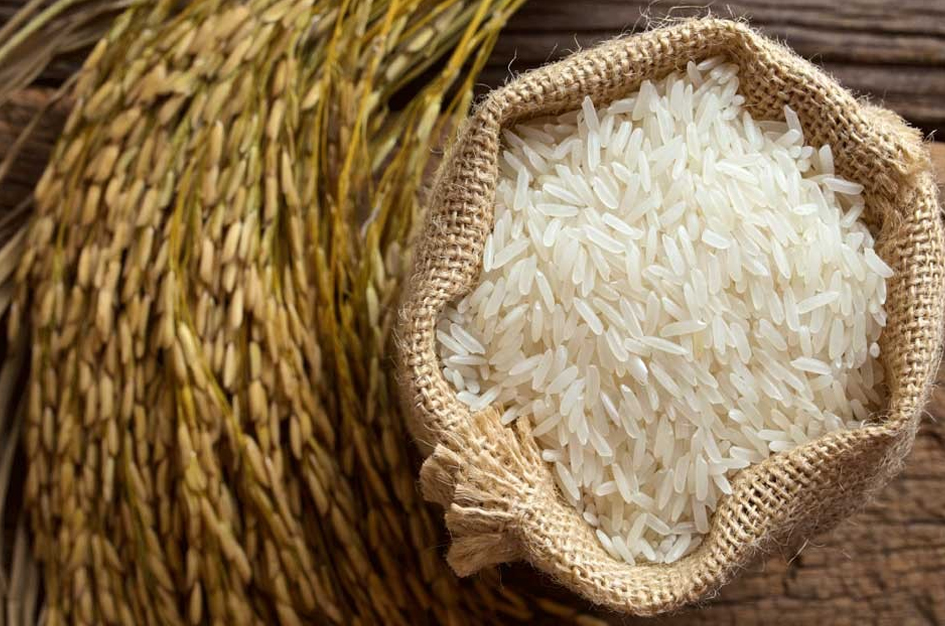Factually speaking, India is the largest producer and exporter of Basmati rice and one of the largest exporters of rice, in general. Rice milling is perhaps the oldest and also the biggest agro-processing industry in the country.
As it was last determined, India had a turnover of more than Rs. 25,000 cr/year and had the capacity to process approximately 85,000 tonnes of paddy each year, in turn, providing the staple food item to more than 60% of its population.
When a country witnesses economic growth along with a situation of stable supply, we see a shift in the customer preference. Their demand shifts from quantity to quality and security. If we shift our focus on modern countries, we get to see that those nations are trying and consolidating their rice milling operations into large milling facilities, whereas most of the small and medium scale milling facilities are dying away.
This clearly proves that people over there are more critical of rice quality. This growing consciousness in the rice milling market would ultimately lead to bigger, more sophisticated machinery.
Developing countries, on the other hand, face a distinct challenge of sustained productivity. In the business environment, sustained production comes across as the biggest challenge rice milling units face.
So, how can we get over this one of the most critical challenges? Well, by streamlining and automating work processes. This is the only way to enhance productivity and reach a stage of sustained productivity.
Modern, automated rice milling machines not only have more reasonable designs but also have higher milling efficiency. The quality of milling operations straightaway determines the rice output’s quality, whiteness, milling degree, grain dimensions, etc. Using modern rice milling technology can let the rice millers cater to the exact customer demand on quantity as well as quality.
Today, most of the developing nations like India, China, Nigeria, etc, owing to the low-entry barrier and high profitability have grown swiftly. However, their lack of updated processing techniques and rearward equipment is hindering the development of their country’s rice industry, as a whole.
While the surge in population has created a demand for increasing the productivity, there have been numerous cases of grain loss due to inefficient, obsolete milling equipment. Developing, rice-producing nations are said to lose about 10% of their yield each year. And this calls for an improved, automated rice milling and processing machinery.
If you’re one of those farmers suffering from the lack of adequate milling infrastructure, make sure you get in touch with Nextech Agri Solutions Pvt. Ltd. It’s an Indian-based rice milling consultant with years of experience in the rice milling industry.
 MAIL US :
MAIL US :
 CALL US :
>
CALL US :
>



